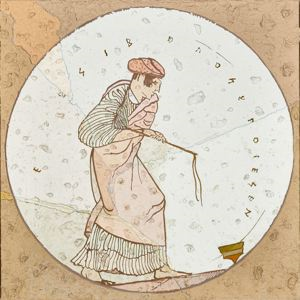| Showing 20 of 51 |
| FILTER RESULTS | × Close |

 by Artist (50)
by Artist (50)
Agnes Pelton
1
Ben Berlin
1
Ben Sakoguchi
1
Carlos Almaraz
1
Carole Caroompas
1
Charles Howard
1
Clayton S. Price
1
Deborah Remington
1
Edward Biberman
1
Elise Seeds
1
Ellwood Graham
1
Emil James Bisttram
1
Forrest Clemenger Bess
1
Frank Lobdell
1
George Stillman
1
Gordon Onslow-Ford
1
Helen Lundeberg
1
Henrietta Shore
1
Hilaire Hiler
1
Irving Norman
1
James Kelly
1
Jess Collins
2
Jim Starrett
1
John Ferren
1
John Langley Howard
1
John Sonsini
1
Joyce Treiman
1
June Wayne
1
Karl Benjamin
1
Knud Merrild
1
Lari Pittman
1
Lawren S. Harris
1
Lee Mullican
1
Llyn Foulkes
1
Lorser Feitelson
1
Mary Henry
1
Maurice G. Logan
1
Max Cole
1
Oskar Fischinger
1
Philip Zimmerman
1
Reuben Kadish
1
Richard Bowman
1
Rico Lebrun
1
Robert Ormerod Preusser
1
Roger Brown
1
Sonia Gechtoff
1
Takako Yamaguchi
1
Trenton Doyle Hancock
1
Wally Bill Hedrick
1
Wolfgang Paalen
1



